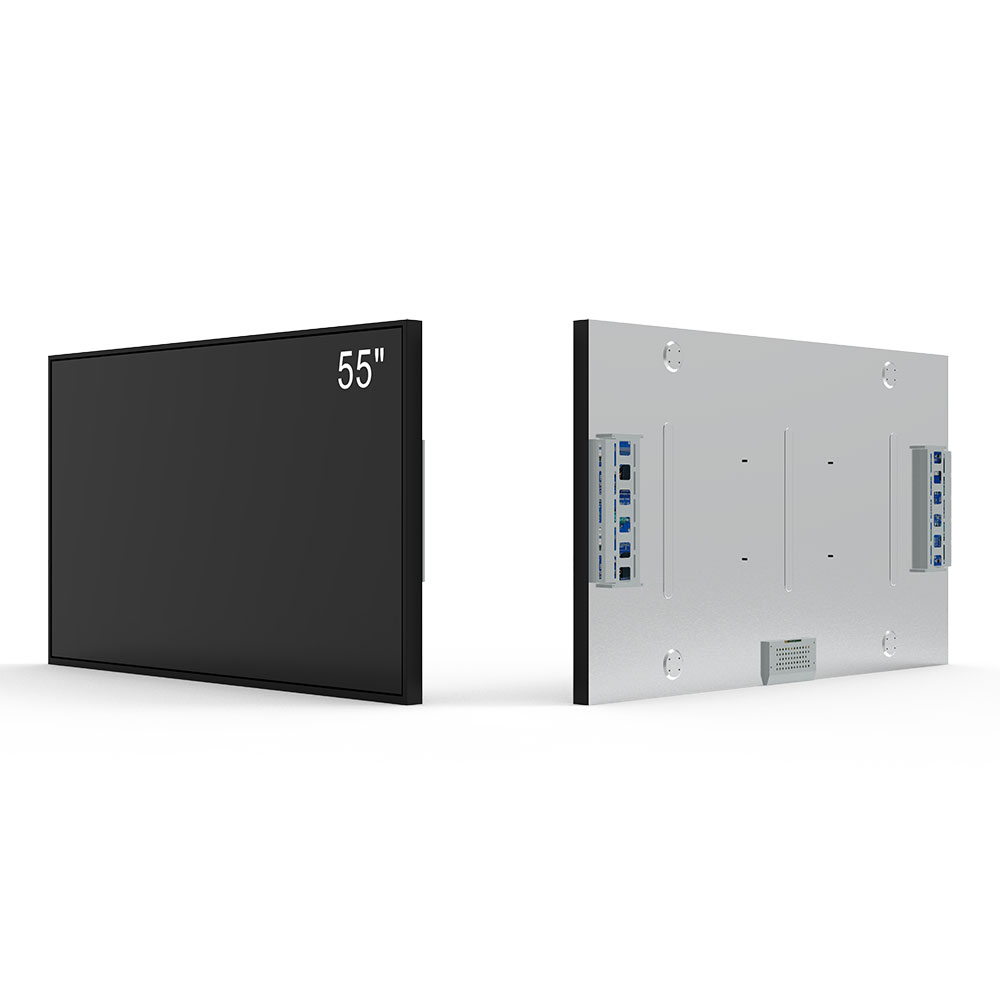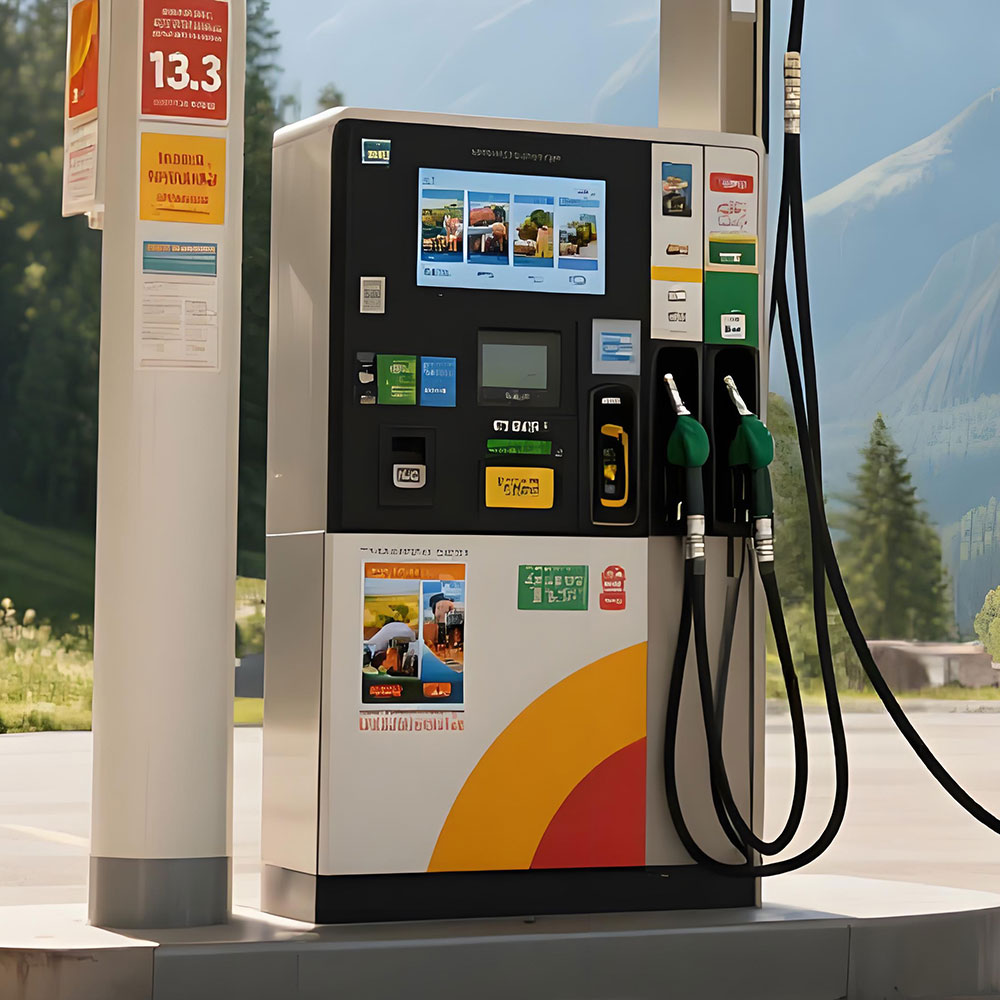스크린 무라(Screen mura)는 일본어 "무라"라는 단어로부터 유래된 용어로, 특히 디지털 사이니지, 교통 시스템, 공개 정보 키오스크와 같은 높은 밝기, 높은 가시성 응용 프로그램에서 야외 LCD 디스플레이에 영향을 미치는 가장 중요한 품질 결함 중 하나입니다.주변 조명이 제어되는 실내 디스플레이와 달리 야외 LCD는 극단적인 온도, UV 방사선, 습도 및 직접 태양광을 포함한 가혹한 환경 조건에 노출되어 있으며, 이 모든 것은 무라 형성을 악화합니다.
Mura는 화면 표면에 걸쳐 밝기 또는 색상의 눈에 보이는 비균일성으로 나타납니다.그것은 일반적으로 백라이트 균일성, 액체 결정 정렬, 픽셀 수준 전압 변화 또는 패널 조립의 제조 허용성의 불일관성 때문에 발생합니다.디스플레이 측정에 대한 국제 전기 기술위원회 (IEC) 62301 표준에 따르면 IEC 61947-2 방법과 같은 도구를 사용하여 표준화된 조명 조건에서 mura를 평가해야 하며 글로벌 제조업체 전체에서 일관성을 보장합니다.
야외 환경에서 열 스트레스는 무라에 크게 기여합니다.디스플레이가 낮에 태양에 노출되는 동안 가열되고 밤에 냉각되면 반복되는 열 사이클링은 백라이트 유포기에 마이크로 크래크를 일으킬 수 있거나 LCD 세포 층의 불균형한 확장을 일으킬 수 있습니다.이것은 지역화된 빛 누출이나 그림자로 이어집니다 - 무라의 고전적인 징후입니다.LG 디스플레이 (2022)의 연구에 따르면 야외 설치에서 보고된 무라 문제의 68% 이상이 주택 설계에서 부적절한 열 관리와 관련이 있습니다.
스크린 문제를 완화하기 위해 제조업체는 다층 접근법을 채택해야합니다.첫째, 높은 동일성을 가진 diffusion 시트와 정확한 전류 제어를 가진 LED 배열과 같은 고급 광학 필름은 백라이트 비 동일성을 줄입니다.둘째, 실시간 환경 데이터를 위해 교정 된 자동 밝기 조정 (ABA) 알고리즘을 구현하는 것은 주변 빛의 변화에 관계없이 일관된 밝기 출력을 보장합니다.셋째, 수천 개의 결함 이미지에 훈련된 기계 학습 모델을 사용하는 자동화된 무라 탐지 시스템을 포함한 엄격한 품질 보장 프로토콜은 현재 프리미엄 야외 LCD 생산 라인에서 산업 표준입니다.

삼성과 NEC와 같은 주요 공급업체의 사례 연구에 따르면 디스플레이 프레임에 열 센서를 통합하면 소프트웨어 기반 수정을 통해 무라의 동적 보상을 가능하게 됩니다.예를 들어, NEC의 "스마트 무라 보상" 알고리즘은 실시간 온도 피드백을 사용하여 화면에 걸쳐 픽셀 전압을 조정하여 사막 기후 (아리조나, 아랍에미리트)에서 실시된 현장 테스트에서 볼 수 있는 무라를 최대 70% 줄입니다.
또한 ISO 14001 환경 표준과 먼지 및 물 저항에 대한 IP65/66 등급을 준수함으로써 장기적인 무라 분해에 기여하는 습기 침입과 기계적 스트레스를 방지할 수 있습니다.반사 표면에 직접 장착하는 것을 피하거나 열 분산 마운트를 사용하는 것과 같은 적절한 설치 관행은 시간이 지남에 따라 디스플레이 무결성을 유지하는 데 동등히 중요합니다.

궁극적으로 야외 LCD의 스크린 무라를 최소화하는 것은 미학뿐만 아니라 시청자의 신뢰, 브랜드 인식 및 운영 효율성에 영향을 미칩니다.4K 및 HDR 가능한 야외 스크린에 대한 수요가 증가함에 따라 전세계 디스플레이 제조업체들의 최고 엔지니어링 우선 순위로 Mura를 적극적으로 해결할 것입니다.







